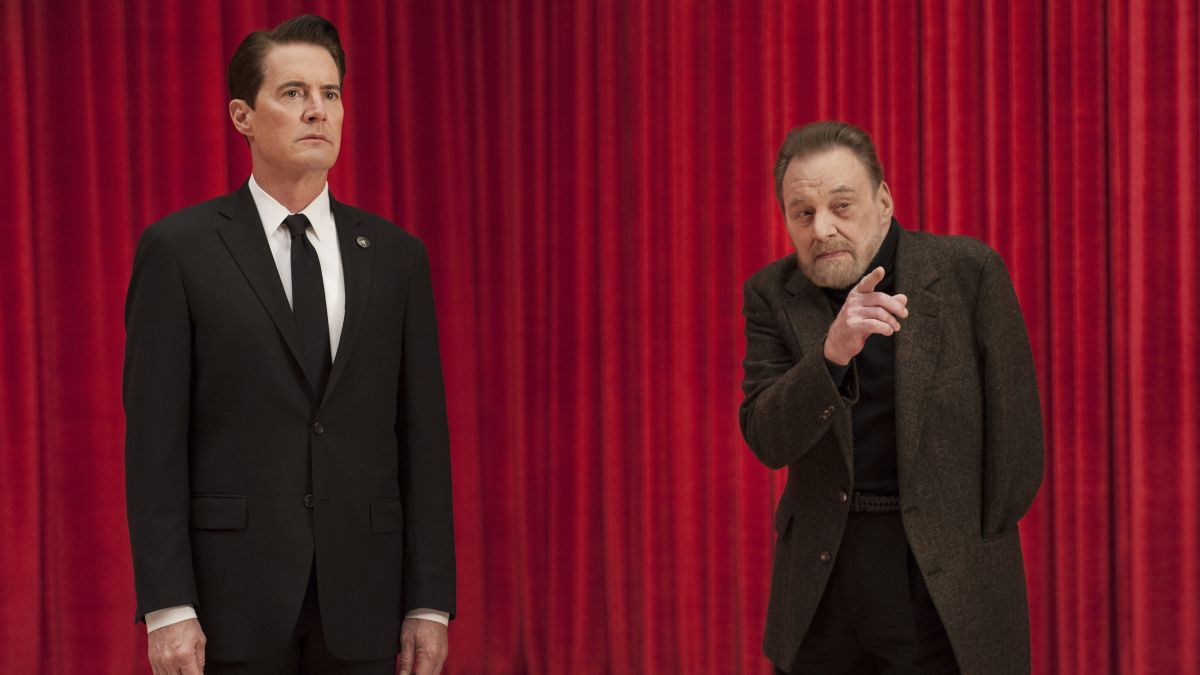
The second is a scene in which one Dougie Jones, a jowly look-alike for Agent Dale Cooper, is finishing an encounter in a nearly empty house with a prostitute named Jade (Nafessa Williams). The first is a woefully distended scene of hermetic fantasy that matters only for its payoff: a steampunk wall panel does weird things to Agent Cooper (and, in the conceit’s one droll touch, leaves him, or a version of him, shoeless). The first breakthrough idea depends on a pair of setups. (It also, incidentally, features a literal explosion that’s waiting to happen, the classic first-act gun that will have to go off in the third.)
TWIN PEAKS SEASON 4 RICHARD SERIES
These twin poles anchor the series in the two crucial elements of the modern cinema-the director’s onscreen counterpart, and the director him- or herself-provoking a tension that seems to crackle with explosive potential. The best part of these episodes is no mere flash or aside but a pair of simple yet mighty inspirations who enter the scene: a version of Agent Cooper, and a version of David Lynch. It’s not an unequivocal return the plot sprawl of the series, as well as the sheer cussedness of Lynch’s hermetic fantasies, still clots plenty of screen time, and the return of Lynch at his best is only intermittent-but it’s ample and grand.


When I got to the end of the second episode, disappointed, I nonetheless knew I’d keep watching because flickers of inspiration suggested that Lynch, the great Lynch, could make his own return. The David Lynch who invented a cinematic tone that’s instantly recognizable as a personal signature and a vision of the world-as opposed to the David Lynch who let the power of his imagination become a style and a signature that took the place of a world view-has made his return in the third and fourth parts of “ Twin Peaks: The Return,” and the result is mind-expanding, haunting, and deeply moving.


 0 kommentar(er)
0 kommentar(er)
